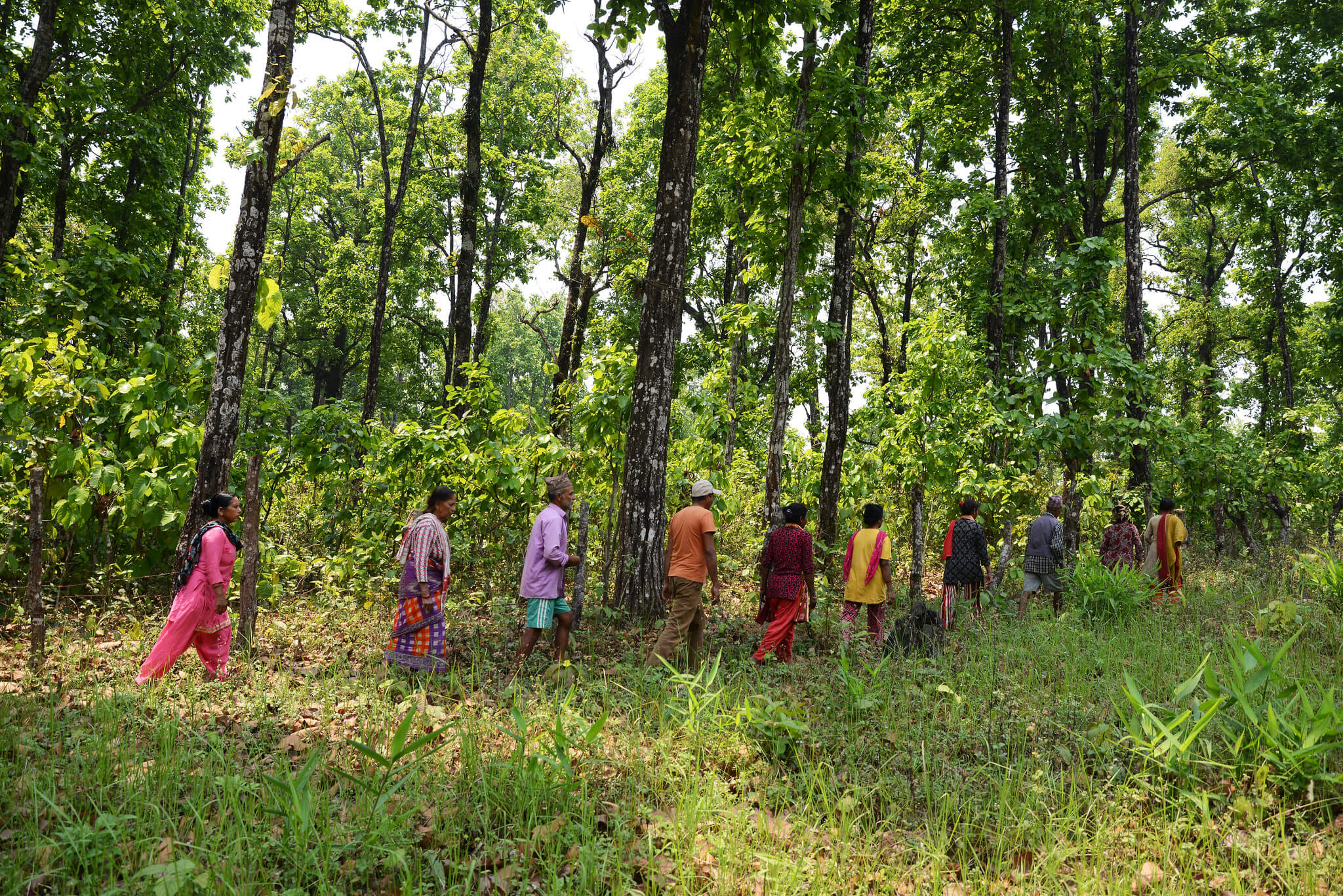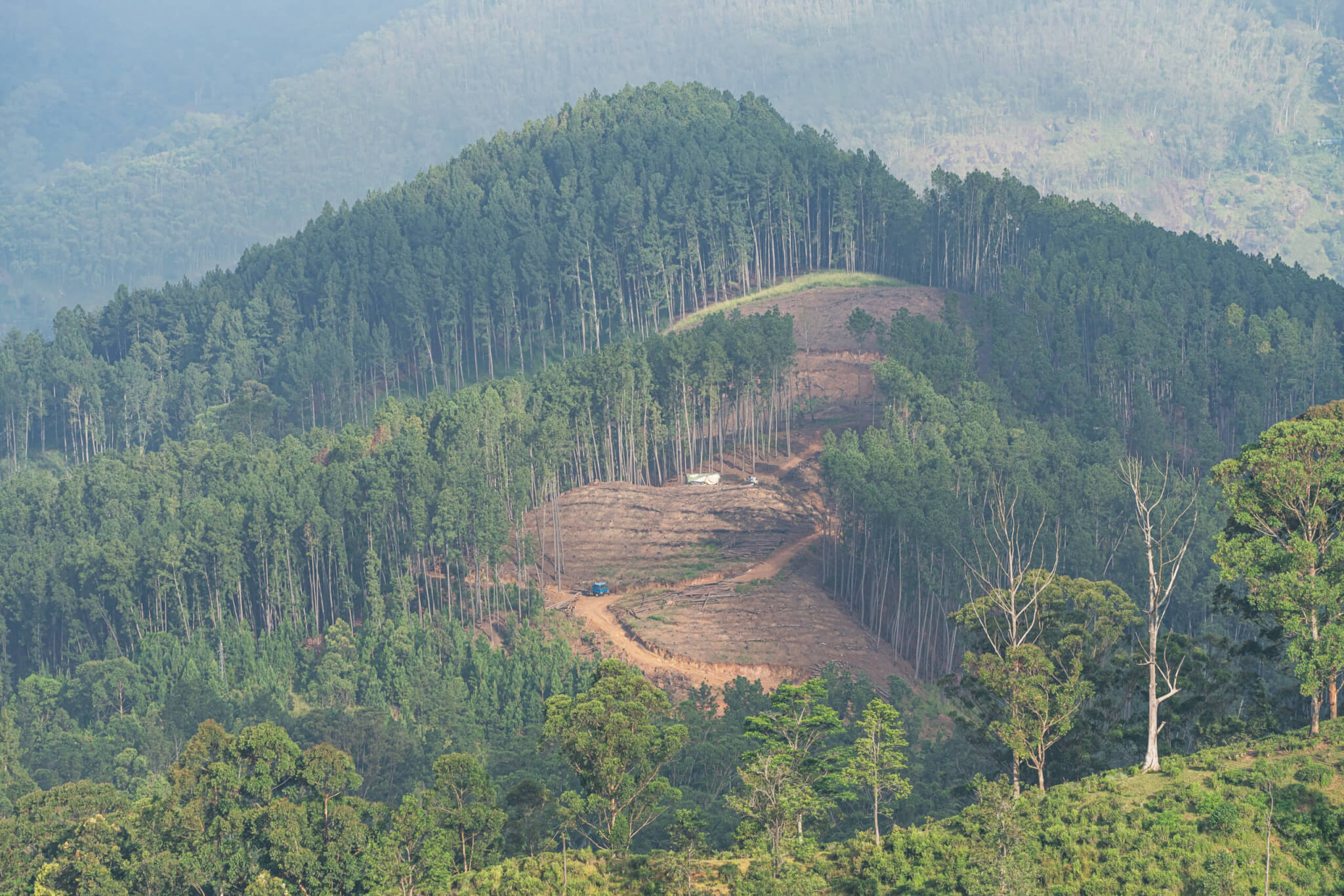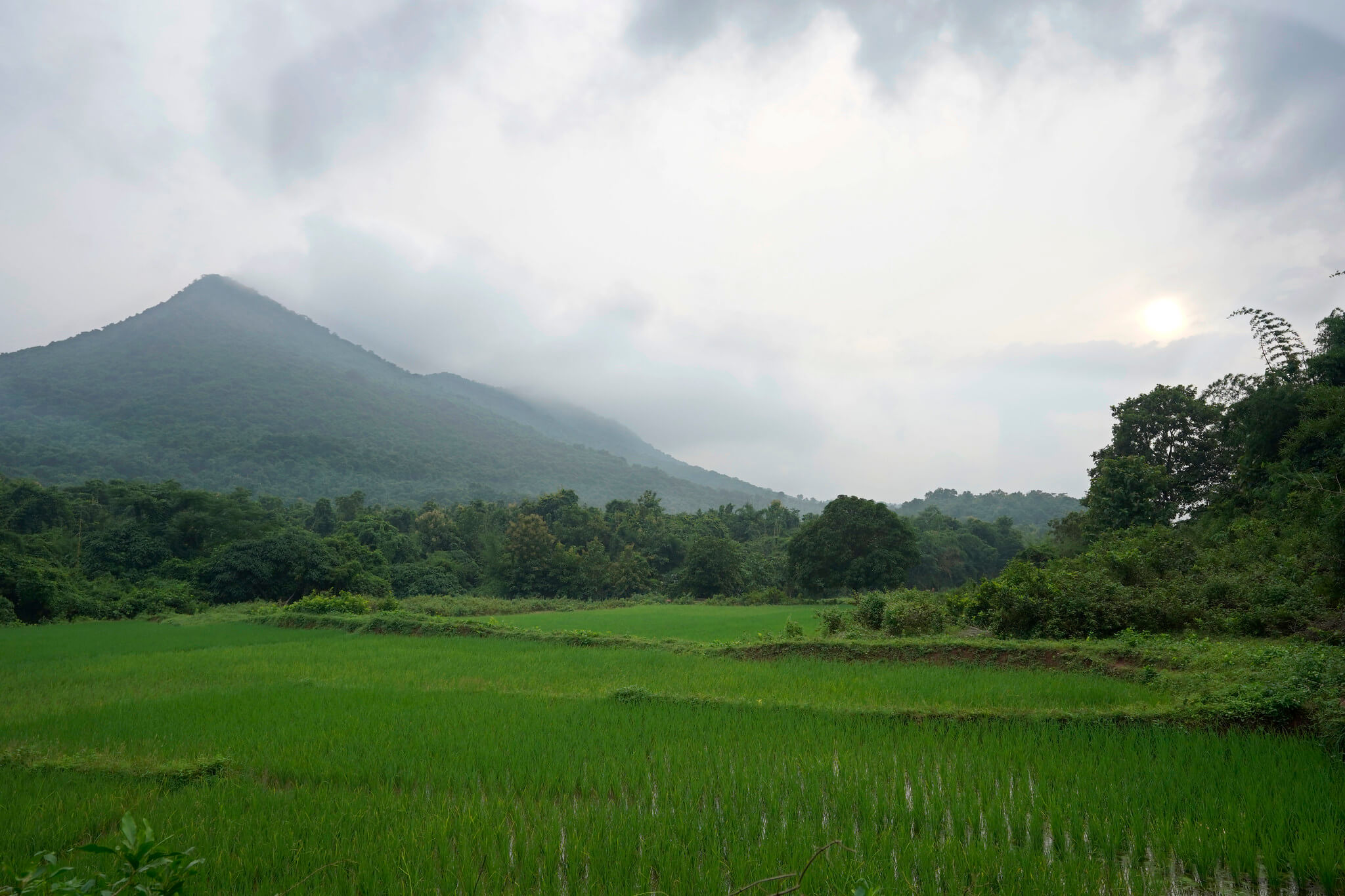
Strong Indigenous and local land rights are critical for managing forests, reducing greenhouse gas emissions, preserving biodiversity and culture, and improving livelihoods.
Around 1.6 billion people worldwide live near and depend on forests for their livelihoods. Forests are home to 80% of the world’s terrestrial biodiversity. They are also vital to efforts to address the climate crisis: while greenhouse gases are emitted when forests are degraded and destroyed, forests absorb roughly twice as much carbon as they emit each year. Forests are a crucial ‘carbon sink’, absorbing one-third of the global carbon dioxide emissions from the atmosphere released primarily from burning fossil fuels. “When it comes to storing carbon, forests can potentially buy an extra 10 or 20 years for the Earth to manage its transition from fossil fuels,” said David Kaimowitz, who has long worked at the intersection of forests, agriculture, and local communities and now serves as the chief programme officer for the International Land and Forest Tenure Facility.
Around the world, Indigenous Peoples and local communities (IP&LCs) are leading the way in protecting forests and the climate. Protected Indigenous lands hold the world’s healthiest and most biodiverse forests. Research shows that forests managed by IP&LCs have lower rates of deforestation. For example, a 2021 UN report found that in Latin America, deforestation rates were up to 50% lower in Indigenous territories. Additionally, IP&LCs manage at least 24% of the total carbon stored above ground in the world’s tropical forests, making them essential leaders in global efforts to protect the climate.
Strong Indigenous and local land rights are critical for managing forests, reducing greenhouse gas emissions, preserving biodiversity and culture, and improving livelihoods. Specifically, formal land rights can provide long-term tenure security, access to finance, food security, increased gender equality, and climate resilience while decreasing deforestation rates. However, Indigenous Peoples, Afro-descendant Peoples, and local communities around the world face significant barriers to securing land tenure. They inhabit at least 50% of the world’s land but legally own just 11%. Many countries have no procedures to title or register community land — or they limit the customary land that qualifies for formal land rights.

Nonetheless, a global movement to secure land rights continues to grow. As a result, intergovernmental organizations have increasingly recognized that Indigenous and local land rights are necessary in order to mitigate climate change. In November 2021 at the United Nations Climate Change Conference (COP26), global leaders reached a landmark agreement to halt and reverse forest loss and land degradation. In step with this agreement, government and philanthropic leaders signed the Indigenous Peoples and Local Communities’ Forest Tenure Pledge at COP26, a historic commitment of $1.7 billion between 2021 and 2025. Overall, multilateral organizations have increasingly recognized the importance of Indigenous land rights, including in the United Nations’ 2022 global biodiversity agreement and the Intergovernmental Panel on Climate Change’s Sixth Assessment Report. This momentum has contributed to greater support for the substantial progress IP&LCs have driven and continue to achieve on the ground in dozens of countries. Due to their frontline efforts to advocate for land rights and tenure recognition, the area of land legally owned by and designated for IP&LCs has increased in recent years.
How philanthropy has supported the IP&LC land rights movement
Philanthropy has long engaged with forest protection and the climate movement. Philanthropic collaboration with these movements has gained momentum in recent years and has increasingly included efforts that support IP&LC land rights. 2010 marked the formation of the Climate and Land Use Alliance (CLUA) — a collaborative of funders who support efforts to halt and reverse forest loss, advance sustainable land use, and secure the rights and livelihoods of Indigenous and forest communities — all in support of mitigating climate change. In 2017, following deep consultation with IP&LCs and multilateral groups, the International Land and Forest Tenure Facility (Tenure Facility) was officially launched to channel funds to Indigenous peoples and local communities as they strengthen their tenure and use of traditional lands. These efforts, among others, contributed to the momentum that led to the landmark Indigenous Peoples and Local Communities’ Forest Tenure Pledge at COP26 in November 2021.
According to ClimateWorks Foundation data, this momentum is also reflected in increased philanthropic dollars for efforts to protect forests and the climate. In 2022, funding to forests represented around 9% of total foundation funding for climate change mitigation. Funding for forests has more than doubled in recent years, growing from approximately $120 million in 2018 to $270 million in 2022 — with a 69% increase between 2021 and 2022 alone, on the heels of the Indigenous Peoples and Local Communities’ Forest Tenure Pledge.
However, donors have acknowledged that they have further to go. Despite momentum, the funding that local communities receive for tenure and forest management is equivalent to less than 1% of bilateral climate funding (or official development assistance). Significantly more funding is needed to support IP&LC forest guardianship. “Historically, almost all the funding was going either to governments or to large NGOs,” said Kaimowitz. “There’s been a need to actually get the money to the people who are on the frontlines.”

Here are three ways philanthropy has supported efforts to advance the land rights of Indigenous Peoples and local communities, while also protecting forests and the climate:
Mobilizing funds to advance IP&LC land rights
Philanthropy has played a pivotal role in expanding funding opportunities for IP&LC groups, catalyzing additional investment from the public and private sectors. Traditionally, IP&LC groups have only received a small percentage of direct funding — and have faced obstacles like onerous applications and reporting structures, language barriers, and a lack of direct communication with grantmakers, particularly around the prioritization of funds. To change that, IP&LCs are developing new funding flows in collaboration with philanthropic funders and organizations like the Tenure Facility.
The Tenure Facility offers direct grantmaking and technical assistance to support IP&LCs in their efforts to secure land and forest tenure, with an emphasis on mitigating climate change, reducing conflict, and promoting gender equality. In collaboration with local, national, and international groups, the Tenure Facility fosters community-level partnerships and facilitates collaboration with government donors and the private sector. With their support, IP&LC groups have strengthened their internal governance systems and resilience, leading to a greater ability to absorb multilateral and philanthropic funding directly. This funding has already contributed to significant progress on the ground.
“As of 2022, our partners were able to improve the tenure security and governance over more than 18 million hectares — an area equivalent to twice the size of Portugal,” said Kaimowitz. “That puts us on track to reach our goal of strengthening land rights over 60 million hectares by 2027.”
Amplifying Indigenous and local voices to global audiences
In recent years, the IP&LC land rights movement has gained increased international recognition and visibility. Philanthropy has contributed to this momentum through communications grants that have helped generate increased media coverage around the world. The Ford Foundation, for example, has supported efforts to raise international awareness around the intersection of IP&LC land rights, forest protection, and climate change mitigation. Through these efforts, filmmakers, communications firms, digital media producers, and others have helped amplify the voices of Indigenous leaders as they tell their own stories on a global stage.
Expanding the evidence base linking land tenure and climate change mitigation
There is a growing body of research demonstrating that IP&LC land rights are critical for protecting forests — and one of the most cost-effective climate solutions. In recent years, philanthropy has supported studies that make the case for protecting IP&LC land tenure. For example, a foundational study by the World Resources Institute underscores the social, economic, and environmental benefits of community land rights. A report by the World Resources Institute and Climate Focus finds that protecting Indigenous lands is necessary for achieving Paris Agreement goals. The Rights and Resources Initiative’s analysis monitors the gains in land rights for Indigenous Peoples, Afro-descendant Peoples, and local communities — and finds that much more progress is needed to meet equity goals, advance sustainable development, and eradicate poverty. CLUA calls upon and further develops this research to support governments of tropical forest countries in delivering on their forest and climate commitments as part of the Paris Agreement.
The road ahead
There is significant momentum behind the global movement to secure land rights — a positive development for protecting forests and the climate. Philanthropic support and engagement have increased in recent years as well, contributing to efforts that have helped mobilize funding, produce compelling research, and amplify the voices of Indigenous and local communities. However, much more funding is needed to build on this momentum and bolster these efforts. The Rights and Resources Initiative and Campaign for Nature, for example, estimate that at least $10 billion is needed between now and 2030 to secure the land rights necessary to meet global climate targets. Additionally, much more work is needed to ensure that Indigenous Peoples and local communities receive and can access these funds.
To learn more, funders can contact CLUA, which leads the forests and land-use program at ClimateWorks Foundation, and explore their resources such as the Climate & Forests 2030 funding priorities. Additionally, funders can consider joining collaborative efforts like Forests, People, Climate or engaging with trusted intermediaries like the Tenure Facility. Funders may also connect with IP&LC-led geographic and territorial funds like the Mesoamerican Territorial Fund in Central America and the Nusantara Fund in Indonesia, or through initiatives like the CLIMA Fund that facilitate direct funding.
